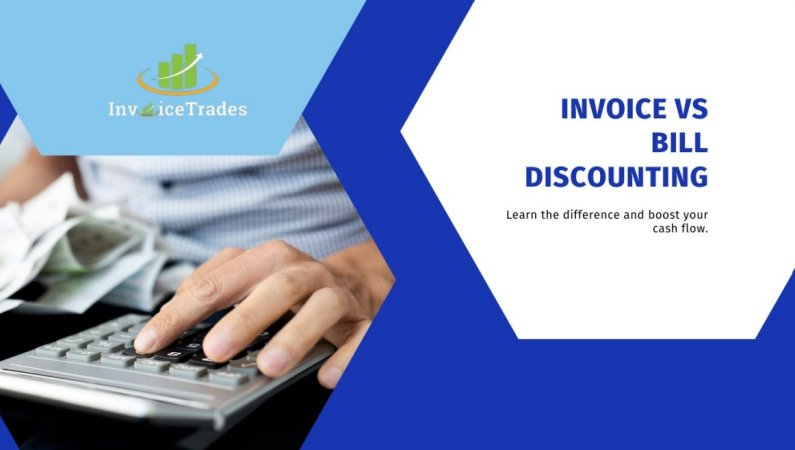
Factoring is a financial transaction where a business sells its accounts receivable, usually invoices, to a third party, known as a factor. The factor then assumes the responsibility for collecting the payments from the debtor (buyer). Factoring is commonly used by businesses looking to improve cash flow and mitigate credit risk.
Bill discounting, also known as invoice discounting or invoice financing, involves a business receiving immediate cash by selling its trade receivables or bills of exchange to a financial institution. Unlike factoring, the debtor (buyer) is not necessarily aware of the discounting arrangement, and the borrower retains responsibility for collecting payments.
1. Definition: Factoring is a financial transaction in which a business sells its accounts receivable to a third-party factor at a discount.
2. Process of Factoring: The business submits its invoices to the factor, which advances a percentage of the invoice amount (typically 70-90%). The factor then collects the full payment from the debtor, deducts its fees, and remits the remaining amount to the business.
1. Definition: Bill discounting involves a business obtaining immediate cash by selling its bills of exchange or promissory notes to a financial institution at a discount.
2. Process of Bill Discounting: The borrower (seller) approaches a financial institution, which discounts the face value of the bill and provides immediate funds. The borrower is responsible for collecting the payment from the debtor.
1. Factor: The third-party entity that purchases the accounts receivable.
2. Client (Seller): The business selling its invoices to the factor.
3. Debtor (Buyer): The customer who owes payment on the invoices.
1. Borrower: The business seeking immediate funds by discounting its bills.
2. Financial Institution: The entity providing the funds through bill discounting.
1. A factoring transaction involves the outright sale of receivables.
2. The credit risk is transferred to the factor.
3. It often involves an ongoing and continuous relationship between the factor and the client.
1. Bill discounting is the discounting of bills of exchange or promissory notes.
1. The factor assumes credit risk for the accounts receivable.
2. The factor is responsible for collecting payments from the debtor.
1. The borrower retains credit risk for the bills.
2. The borrower is responsible for collecting payments from the debtor.
1. Fees are structured based on the volume and credit risk of the receivables.
2. Additional charges may apply for credit protection services offered by the factor.
1. Interest charges are applied to the amount discounted.
2. There are typically no separate fees for credit protection.
1. The client has more control over accounts receivable.
2. Credit control is often outsourced to the factor.
1. The borrower retains control over credit and collections.
2. The financial institution has limited involvement in credit control.
1. Factoring is suitable for industries with extended credit terms.
2. Commonly used in manufacturing and dist.
1. Bill discounting is suitable for businesses with short-term financing needs.
2. Widely used in trade and commerce.
A. Recap of Key Differences Factoring involves the sale of accounts receivable with credit risk transfer. Bill discounting is the discounting of bills of exchange with the borrower retaining credit risk.
B. Considerations for Choosing.
A1: Factoring is a financial transaction where a business sells its accounts receivable (invoices) to a third-party factor at a discount. The factor then assumes responsibility for collecting payments from the debtor.
A2: Bill discounting, also known as invoice discounting, involves a business obtaining immediate cash by selling its bills of exchange or promissory notes to a financial institution at a discount. Unlike factoring, the debtor may not be aware of the discounting arrangement.
A3: The business submits its invoices to the factor, which advances a percentage (typically 70-90%) of the invoice amount. The factor then collects the full payment from the debtor, deducts its fees, and remits the remaining amount to the business.
A4: In bill discounting, the business approaches a financial institution to discount its bills of exchange or promissory notes. The institution provides immediate funds, deducting an interest charge, and the business is responsible for collecting payment from the debtor.
A5: Yes, bill discounting is typically a one-time transaction where the borrower discounts a specific bill of exchange or promissory note for immediate funds.
A6: Bill discounting involves interest charges on the amount discounted. Typically, there are no separate fees for credit protection.
A7: Yes, businesses can use both factoring and bill discounting depending on their specific cash flow and financing needs. However, it's essential to carefully consider the costs and implications of each method.